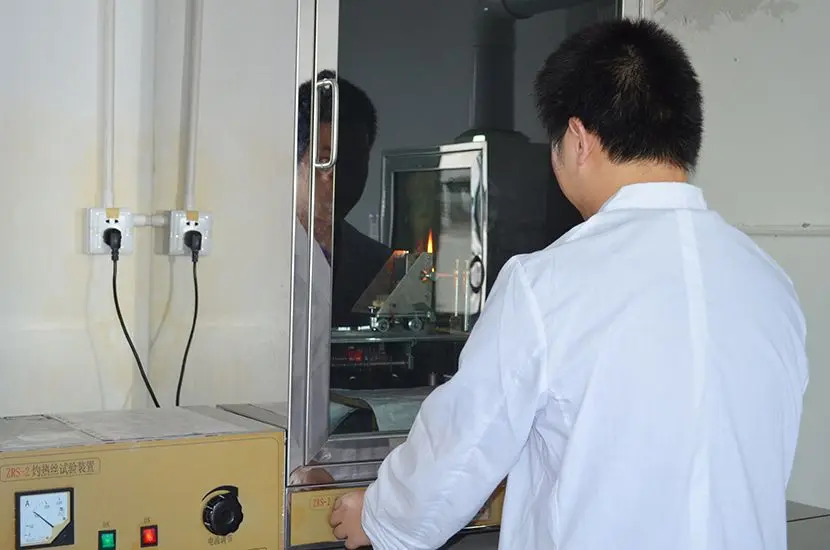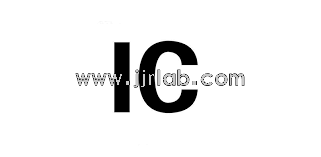
Electronics Components ROHS Certification Testing
Electronic components are fundamental parts or devices that perform specific functions within electronic equipment and circuits. They form the basic units of electronic circuits and systems and can be combined in various ways to create complex electronic products. These components vary in type and classification based on their functionality, structure, and application scenarios. Products exported to the EU require CE ROHS certification.

What are electronic components?
Resistors, capacitors, inductors, diodes, transistors, thyristors, integrated circuits, sensors, relays, switches, transformers, crystal oscillators, batteries, connectors, and power modULes.
RoHS Overview
ROHS stands for "Restriction of Hazardous Substances," an EU-mandated directive that restricts certain hazardous substances in electronic and electrical equipment. The restricted substances include lead (Pb), cadmium (Cd), mercury (Hg), hexavalent chromium (Cr6+), polybrominated biphenyls (PBBs), and polybrominated diphenyl ethers (PBDEs). EU rohs 2.0 compliance is a fundamental entry requirement for electronic and electrical products in the EU market. JJR Laboratory in China offers one-stop ROHS 2.0 services to facilitate smooth access to the EU market.
EU ROHS Directive
The ROHS Directive’s full name is "The Restriction of the Use of Certain Hazardous Substances in Electrical and Electronic Equipment." ROHS 2.0 applies to electronic and electrical equipment with a maximum operating voltage not exceeding 1000 volts AC or 1500 volts DC that “depends” on electric current or electromagnetic fields for proper functioning, including equipment that generates, transmits, and measures such currents or fields.
1. Scope of Application
ROHS 2.0 applies to various electronic and electrical products. The directive covers a wide range of products that require electric current and electromagnetic fields to perform at least one designed function, including:
- Category 1: Large household appliances
- Category 2: Small household appliances
- Category 3: IT and telecommunications equipment
- Category 4: Consumer equipment
- Category 5: Lighting equipment
- Category 6: Electrical and electronic tools
- Category 7: Toys, leisure, and sports equipment
- Category 8: Medical devices
- Category 9: Monitoring and control instruments, including industrial monitoring and control instruments
- Category 10: Automatic dispensers
- Category 11: All other electronic and electrical equipment not coveRED above
2. Evaluation Standards
The directives in place include 2011/65/EU and its amendment (EU) 2015/863.
3. Testing Items and Methods
- Lead (Pb): Limited to 0.1%, tested per IEC 62321-5:2013
- Mercury (Hg): Limited to 0.1%, tested per IEC 62321-4:2013+AMD1:2017 CSV
- Cadmium (Cd): Limited to 0.01%, tested per IEC 62321-5:2013
- Hexavalent Chromium (Cr(VI)): Limited to 0.1%, tested per IEC 62321-7-2:2017 or IEC 62321-7-1:2015
- Polybrominated Biphenyls (PBB): Limited to 0.1%, tested per IEC 62321-6:2015
- Polybrominated Diphenyl Ethers (PBDE): Limited to 0.1%
- Di(2-ethylhexyl) phthalate (DEHP): Limited to 0.1%, tested per IEC 62321-8:2017
- Benzyl butyl phthalate (BBP): Limited to 0.1%
- Dibutyl phthalate (DBP): Limited to 0.1%
- Diisobutyl phthalate (DIBP): Limited to 0.1%
- Proposed addition, TetrabromoBISphenol A (TBBP-A): Recommended limit of 0.1%, reference EPA method
- Proposed addition, Medium-Chain Chlorinated Paraffins (MCCPs): Recommended limit of 0.1%, reference EPA method
Services Offered
- Testing services for ROHS 2.0 restricted substances and proposed additions
- ROHS 2.0 verification for complete products
- EU ROHS certification services
Email:hello@jjrlab.com
Write your message here and send it to us
 How to get CE Certification for Lighting Products?
How to get CE Certification for Lighting Products?
 CE Certification Standards & Process for Elect
CE Certification Standards & Process for Elect
 Japan METI Registration & Japanese Agent Servi
Japan METI Registration & Japanese Agent Servi
 Temperature Shock Test (IEC 60068-2-14:2009)
Temperature Shock Test (IEC 60068-2-14:2009)
 Electromagnetic Compatibility (EMC) Testing Servic
Electromagnetic Compatibility (EMC) Testing Servic
 Canada ISED Certification (IC Certification) Analy
Canada ISED Certification (IC Certification) Analy
 CSA C22.2 No.42 Compliance Test Report for Amazon
CSA C22.2 No.42 Compliance Test Report for Amazon
 FCM Food Contact Materials Compliance Certificatio
FCM Food Contact Materials Compliance Certificatio
Leave us a message
24-hour online customer service at any time to respond, so that you worry!




